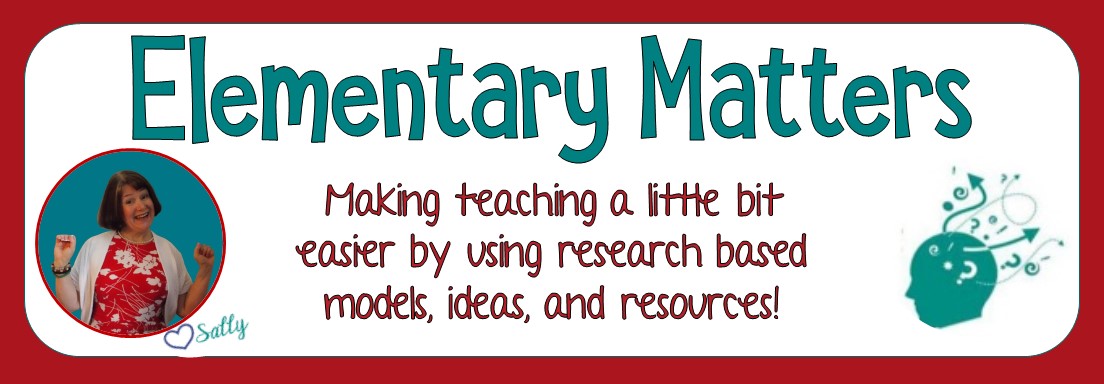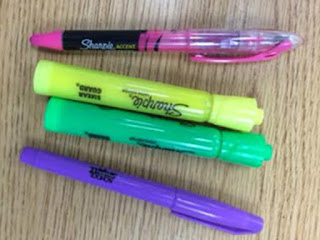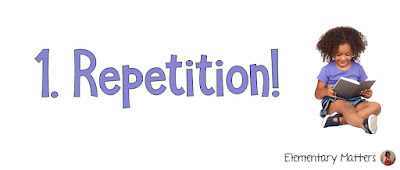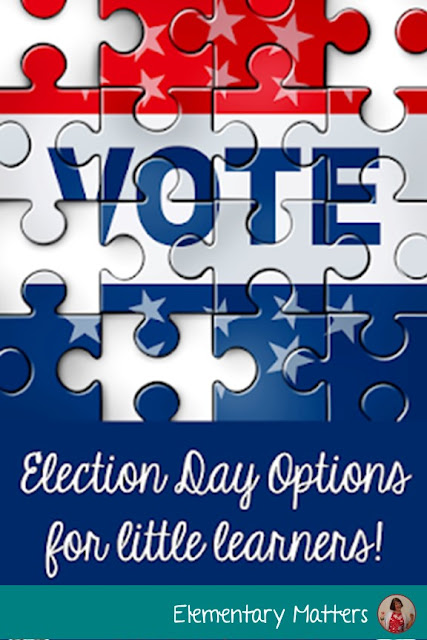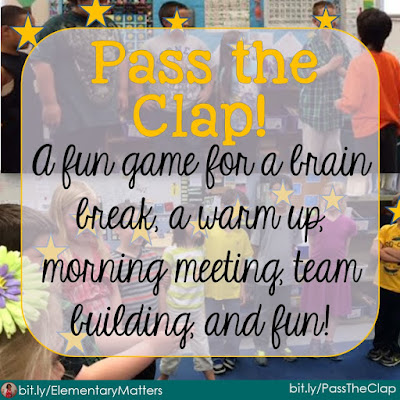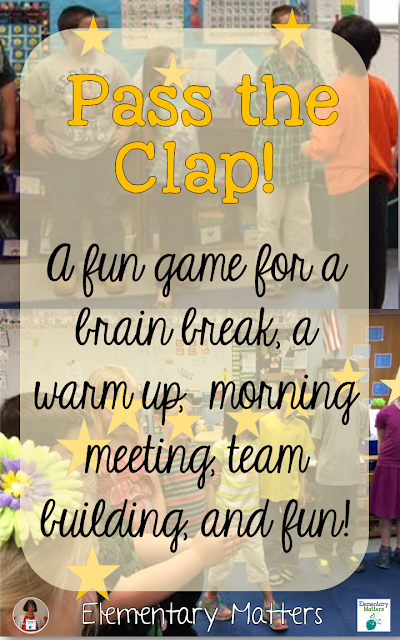In my experience, kids need to move! That shouldn't keep them from learning, in fact, moving is a great way to enhance learning!
As many of my readers know, I have studied how the brain learns and using research on the brain to design resources to help children learn. (For more information, check out these posts:)
Some of the common threads in these posts include movement, integrating the arts, working with others, and making it fun. Plus, we all know from developmental studies that it's important for them to move!
(See this post: Is Digital Learning in the Best Interest of Children?)
It just so happens that I have a series of resources that address these needs while promoting learning at the same time! There are 15 resources in this series (so far) and they all have the exact same format:
- an informative text about an interesting science or social studies topic (Perfect for close reads and guided reading!)
- 10 questions about the text
- 4 sketching tasks to go along with the text
- 6 brain breaks related to the text
Once they catch onto the format, less time is wasted on teaching them how to use the tool, and they become quite independent in their learning with this tool!
There are many different ways to use these resources! It can be differentiated for different learning levels, different organizational needs, as well as different social needs. 
I always start off with whole group instruction! Everyone gets a copy of the text with the answer sheet, and we read through the text together. I go through some of the questions and show the students how to go back to the text to find the answers. (They LOVE using highlighters on this!)
We do all the brain breaks together, and discuss the sketching tasks.
Some of my more challenged readers usually need more guidance. I'll bring copies of the text to some of my reading groups. We read through the text together, discussing vocabulary and talking about what we've learned. I'll let the group take turns reading the different task cards. We discuss what the answer might be, and go back to the text to find where we found the answer. (Again, the highlighters!)
Once the small group has gone through the whole process, (and yes, of course we all do the brain breaks together!) they're ready to do the whole process independently! (These make great centers!)
Yes, they can re-read the same text and answer the same questions all over again! Why? Because there's a lot of information in those texts, and even though they've answered the questions already, that doesn't mean they remember all the information! A second (or even third) time through, especially after a passage of time, is ideal! Not only are they practicing important skills (reading for information) but they are learning interesting information!
These sets make great centers! I often assign centers to be done in pairs. Why? Because of those great conversations! Talking about the text internalizes what they're learning. (More brain research!) Plus, they learn from each other through these rich conversations. Some may share information about the topic that's not even in the text! (More learning, yippee!)
Another reason to let partners use these activities? Because some children need a stronger reader to help them out. This can be a delicate situation, since we need to be sensitive about our lower readers, but you know your kids! Make smart choices for partners who will support each other without insulting each others' abilities!
These are also perfect for your fast finishers to do independently during centers time! Again, each set can be used more than once... hopefully, they'll remember more information each time!
This one is easy! Anytime! I find they're perfect as centers during those last couple months of the year when their skills are strong and they've developed some independence.
They're also great for the beginning of the school year when you're teaching procedures!
Plus, if you're doing a unit related to one of these topics, these are perfect!
If you're interested in these, check out this link:
You can try one for free here:
How do you keep your students learning and engaged?
